Rattail Crassula
₹99 Original price was: ₹99.₹45Current price is: ₹45.
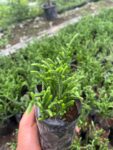
Rattail Crassula
₹99Original price was: ₹99.₹45Current price is: ₹45.Request a Call Back
- Delivery & Return
Delivery
We offer delivery across India, and delivery times will vary depending on your location.- Delivery Timeframes: We aim to deliver orders within 5-10 business days from the order date. However, this timeframe is not guaranteed and may vary due to unforeseen circumstances.
- Shipping Costs: Delivery fees will be calculated and displayed at checkout.
- Delays: We are not responsible for delays caused by courier companies, natural disasters, or other external factors beyond our control.
1. Refund Eligibility
To be eligible for a refund, please ensure the following conditions are met:- Unboxing Video: You must record a clear unboxing video within 1 day of receiving your plants. The video should show the condition of the affected plants upon arrival.
- Video Submission: Submit the unboxing video to our customer support team via email at succulenthubindia@gmila.com within the 1-day period.
- Original Packaging: The plants must still be in their original packaging in the video to verify the condition upon arrival.
2. Non-Eligible Returns
Refunds or exchanges will not be granted under the following circumstances:- Plants that have been repotted or removed from the original packaging.
- Issues raised beyond the 1-day period after delivery.
- Lack of an unboxing video or failure to submit the video within the required timeframe.
3. Process for Refunds
Once the unboxing video is received and reviewed:- If the plants are found to be damaged or defective due to delivery issues, we will approve your refund or offer a replacement.
- Refunds will be processed within 5-10 business days after approval, and a credit will automatically be applied to your original method of payment.
4. Damaged or Defective Items
For damaged or defective plants that meet the eligibility criteria:- You may request either a replacement or a full refund.
- We may request further details to verify the condition of the plants.
5. Exchanges
If you’d like to exchange the damaged plants for a replacement, this must also be requested within 1 day of delivery, and the unboxing video requirement applies.6. Late or Missing Refunds
If you haven’t received a refund within the designated period:- Please check your bank or credit card statement again.
- Contact your bank or card issuer as processing times may vary.
- Ask a Question

Rattail Crassula
₹99Original price was: ₹99.₹45Current price is: ₹45.Ask a Question
Description
- Dispatch in 2-3 days
- Country of origin: India
- It’s Compulsory to make an unboxing video of the parcel for refunds within 24 hours.
- Bare Rooted
Rattail Crassula, known scientifically as Crassula perfoliata var. Falcata and commonly referred to as Rattail Jade or Propeller Plant, is an interesting succulent with unique growth characteristics. Here’s a closer look:
Key Characteristics
- Leaves: The leaves of Rattail Crassula are thick, fleshy, and arranged in a distinctive rosette pattern. They are typically green with a slightly blue or grayish hue and can sometimes have reddish edges when exposed to bright sunlight.
- Growth Habit: This plant forms a dense rosette with compact, tightly packed leaves that resemble a propeller, hence the common name. The plant has a branching growth pattern, and as it matures, it can develop a somewhat trailing or spreading habit, making it a good candidate for hanging baskets or as a ground cover.
- Flowers: Rattail Crassula produces small, star-shaped flowers that are usually white or pale pink. The flowers are borne on long, slender stems that emerge from the center of the rosette, adding a delicate touch to the plant during its flowering period, typically in late winter to early spring.
Care Tips
- Light: This succulent thrives in bright, indirect sunlight. It can tolerate some direct sunlight but may need protection from intense afternoon rays to avoid sunburn. For indoor plants, a south or west-facing window is ideal.
- Watering: Water Rattail Crassula thoroughly but infrequently. Allow the soil to dry out completely between waterings. During the winter months, reduce watering as the plant’s growth slows down.
- Soil: Use a well-draining soil mix, such as a cactus or succulent blend. Adding perlite, pumice, or sand to the mix can improve drainage and prevent waterlogging.
- Temperature: This plant prefers temperatures between 65-75°F (18-24°C). It is not frost-tolerant and should be protected from temperatures below 30°F (-1°C). During colder months, keep it in a warm, draft-free location.
- Propagation: Rattail Crassula can be propagated from leaf cuttings, stem cuttings, or offsets. Allow cuttings to callous over for a few days before planting them in well-draining soil.
Uses
- Hanging Baskets: Due to its trailing or spreading growth habit, Rattail Crassula is well-suited for hanging baskets or as a cascading plant in containers.
- Ground Cover: It can also serve as a ground cover in succulent gardens or rock gardens, where its spreading nature can help cover bare soil.
- Indoor Decoration: Its unique leaf arrangement and compact growth make it an attractive choice for indoor succulent displays.
Considerations
- Overwatering: Avoid overwatering, as this can lead to root rot. Ensure that the plant is in well-draining soil and never let it sit in standing water.
- Sunburn: While it needs light, excessive direct sunlight can cause the leaves to become sunburned. Monitor the plant and adjust its placement if necessary.
- Legginess: If the plant becomes leggy or stretched, it may need more light. Pruning can help maintain a more compact and bushy growth.
Rattail Crassula (Crassula perfoliata var. Falcata) is a fascinating and visually appealing succulent that can add a unique touch to any plant collection or garden. With proper care, it will thrive and continue to be a standout feature in your indoor or outdoor spaces.
Reviews (0)
Based on 0 reviews
|
|
|
0% |
|
|
|
0% |
|
|
|
0% |
|
|
|
0% |
|
|
|
0% |
- Aloe
- arborescens
- baby sun rose
- best succulent
- Bhimtal
- buy succulent online India
- cheap succulent
- Crassula
- Crassula arborescens
- Crassula ovata
- Echeveria
- Echinopsis
- Haworthia
- http://www.succuelenthubindia.com
- Jade
- Jade Plant
- Kalanchoe
- Laxmi Kamal
- Live succulent
- low-maintenance plant
- low price
- mammillaria
- Mini succulent
- Money Tree
- or Lucky Plant
- pastel succulent
- plant
- plant Potted
- rare succulents India
- Rattail crassula
- red
- Sedum
- String
- String of Hearts
- succulent
- Succulent arrangement
- Succulent collection
- Succulent gift box
- succulent hub
- Succulent Hub India
- Succulent starter kit
- turtle vine
- variegated baby sunrose
- variety pack
- www.succuelenthubindia.com
Related Products
The Cabbage Rose, also known as Echeveria pallida, is a beautiful succulent that is highly prized for its large, rosette-shaped foliage that resembles a blooming rose or cabbage, hence the name. This species is part of the Echeveria genus, which is known for its diverse and visually stunning succulents.
Characteristics of Echeveria pallida (Cabbage Rose)
- Leaves: Echeveria pallida features broad, pale green to silvery-blue leaves that form a large, symmetrical rosette. The leaves can take on a subtle pink or red hue along the edges, especially when exposed to bright sunlight. The rosettes can grow up to 10-12 inches (25-30 cm) in diameter.
- Size: Echeveria pallida is a medium to large-sized succulent, with a rosette that can reach around 8-12 inches (20-30 cm) in diameter. The plant generally remains low to the ground, making it an excellent choice for ground cover, container gardening, or as a focal point in a succulent arrangement.
- Flowers: In late spring or early summer, Echeveria pallida may produce a tall flower stalk that rises above the rosette. The flowers are usually small, bell-shaped, and range in color from pink to coral. These flowers add an extra layer of beauty to an already stunning plant.
Care Requirements
- Light: Echeveria pallida thrives in bright, direct sunlight. It needs at least 4-6 hours of direct sunlight daily to maintain its vibrant color and compact shape. If grown indoors, a south-facing window is ideal. If the plant doesn’t get enough light, it may become leggy and lose its compact form.
- Watering: Like most Echeverias, Echeveria pallida prefers the “soak and dry” method. Water the plant thoroughly, allowing water to drain out of the pot, and then let the soil dry completely before watering again. Overwatering can lead to root rot, so it’s important to allow the soil to dry out between waterings.
- Soil: Use a well-draining soil mix specifically designed for succulents or cacti. Adding perlite, sand, or pumice to regular potting soil can improve drainage and prevent water retention.
- Temperature: Echeveria pallida prefers warm temperatures between 65-80°F (18-27°C). It is not frost-tolerant and should be protected from cold temperatures below 40°F (4°C). In colder climates, the plant should be brought indoors during the winter.
- Fertilizer: Feed the plant with a balanced, water-soluble fertilizer diluted to half strength during the growing season (spring and summer). Fertilize once a month, and avoid feeding during the winter when the plant is dormant.
- Propagation: Echeveria pallida can be easily propagated through leaf cuttings, offsets, or seeds. Leaf cuttings should be allowed to callous over for a few days before being planted in well-draining soil. Offsets can be removed and replanted.
Growing Tips
- Enhancing Color: To enhance the pink or red edges on the leaves, expose the plant to more sunlight. However, be careful not to overexpose it to harsh midday sun, which can cause leaf burn.
- Repotting: Echeveria pallida should be repotted every 2-3 years to refresh the soil and provide more room for growth. Repot in the spring, when the plant is starting to grow more actively.
- Avoid Watering the Rosette: When watering, try to avoid getting water into the rosette, as trapped moisture can lead to rot.
Benefits of Growing Echeveria pallida
- Aesthetic Appeal: The large, rose-like rosettes make Echeveria pallida a stunning addition to any succulent collection or garden.
- Low Maintenance: This succulent is relatively easy to care for, making it suitable for both beginners and experienced gardeners.
- Versatility: Echeveria pallida can be grown in pots, succulent arrangements, or outdoor gardens, adding a touch of elegance wherever it’s placed.
Echeveria pallida, or the Cabbage Rose, is a striking succulent that offers both beauty and ease of care. Whether grown indoors or outdoors, it can become a centerpiece in any succulent collection.

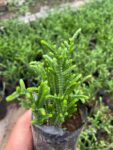


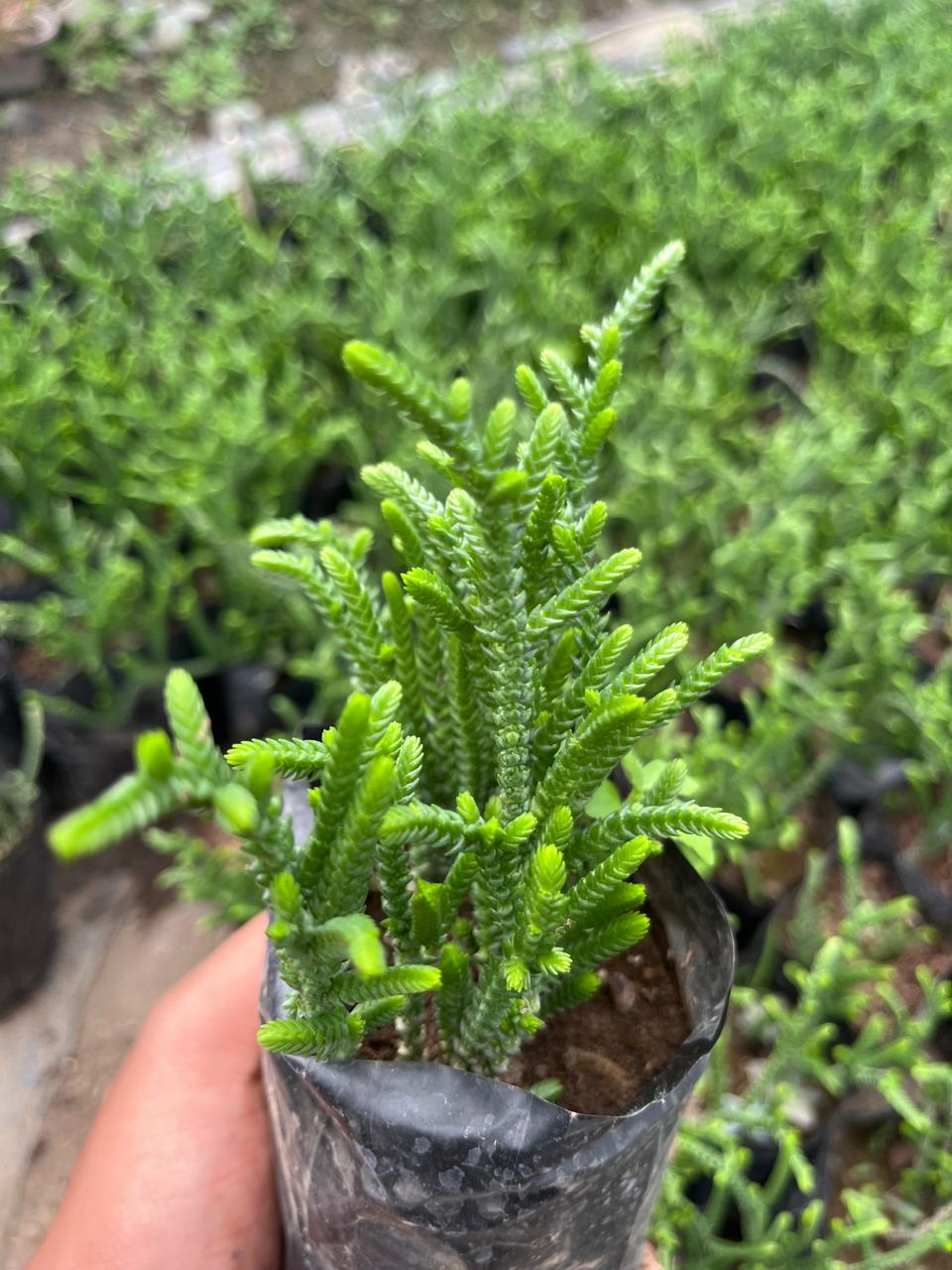
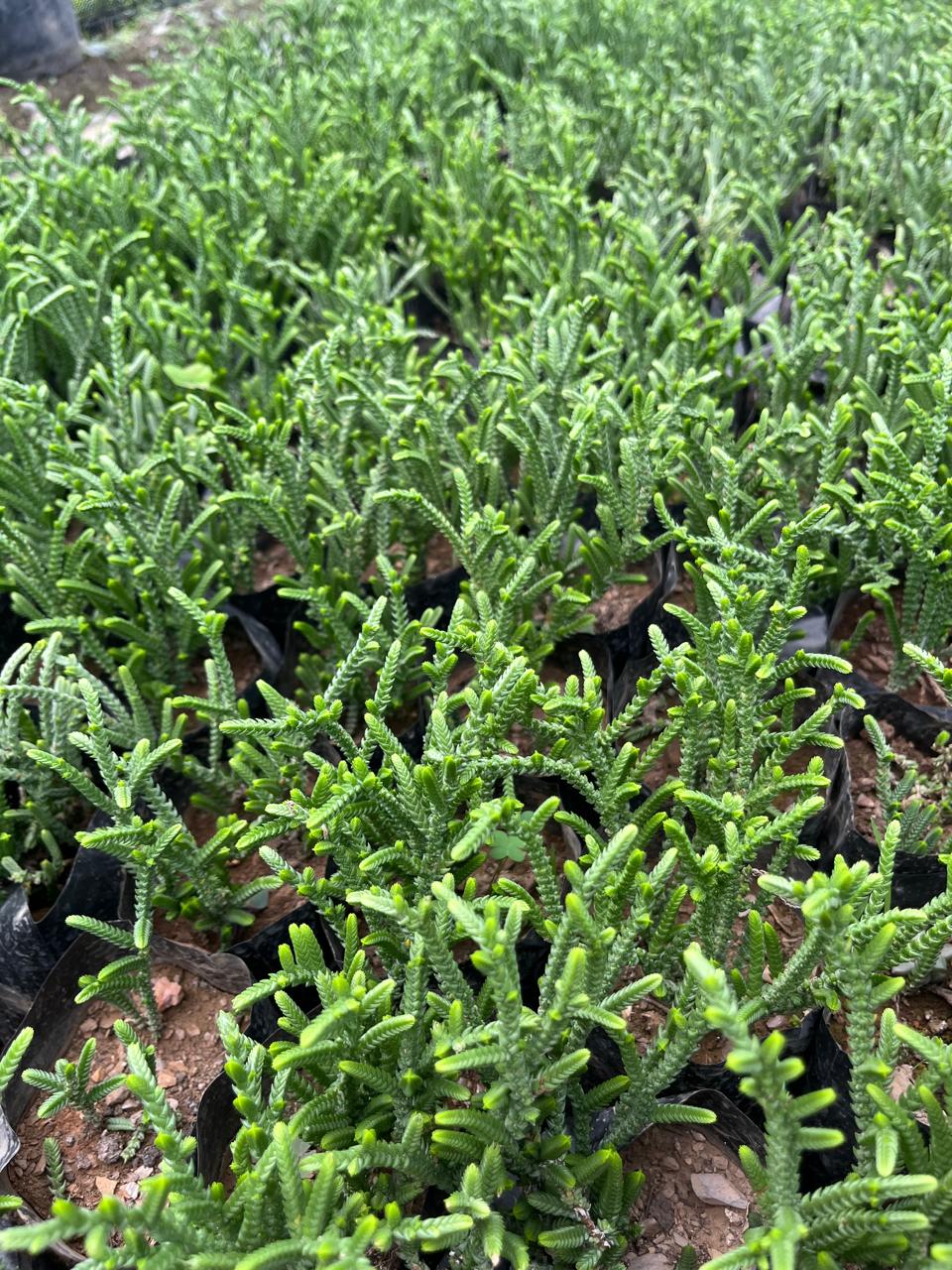


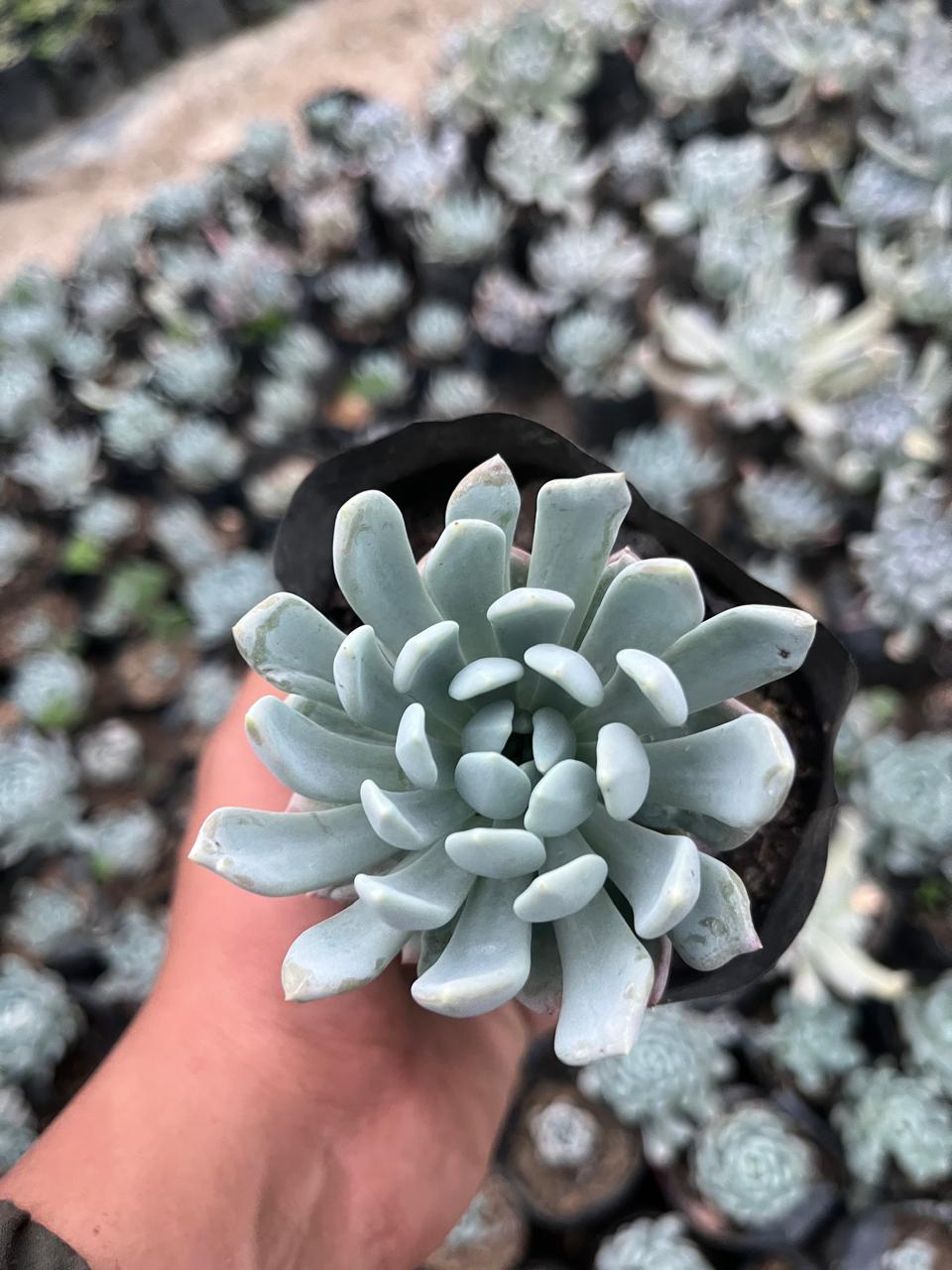





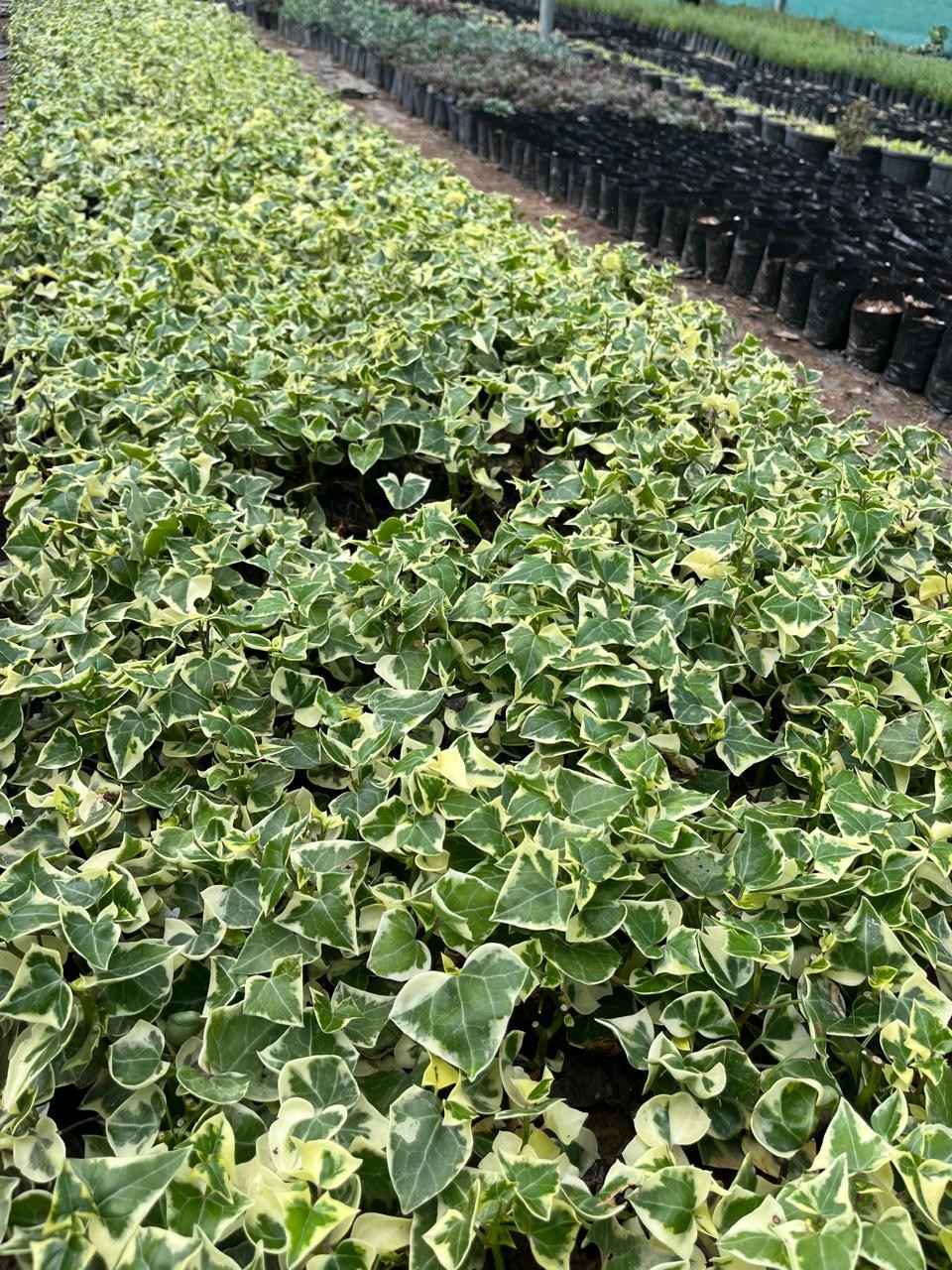







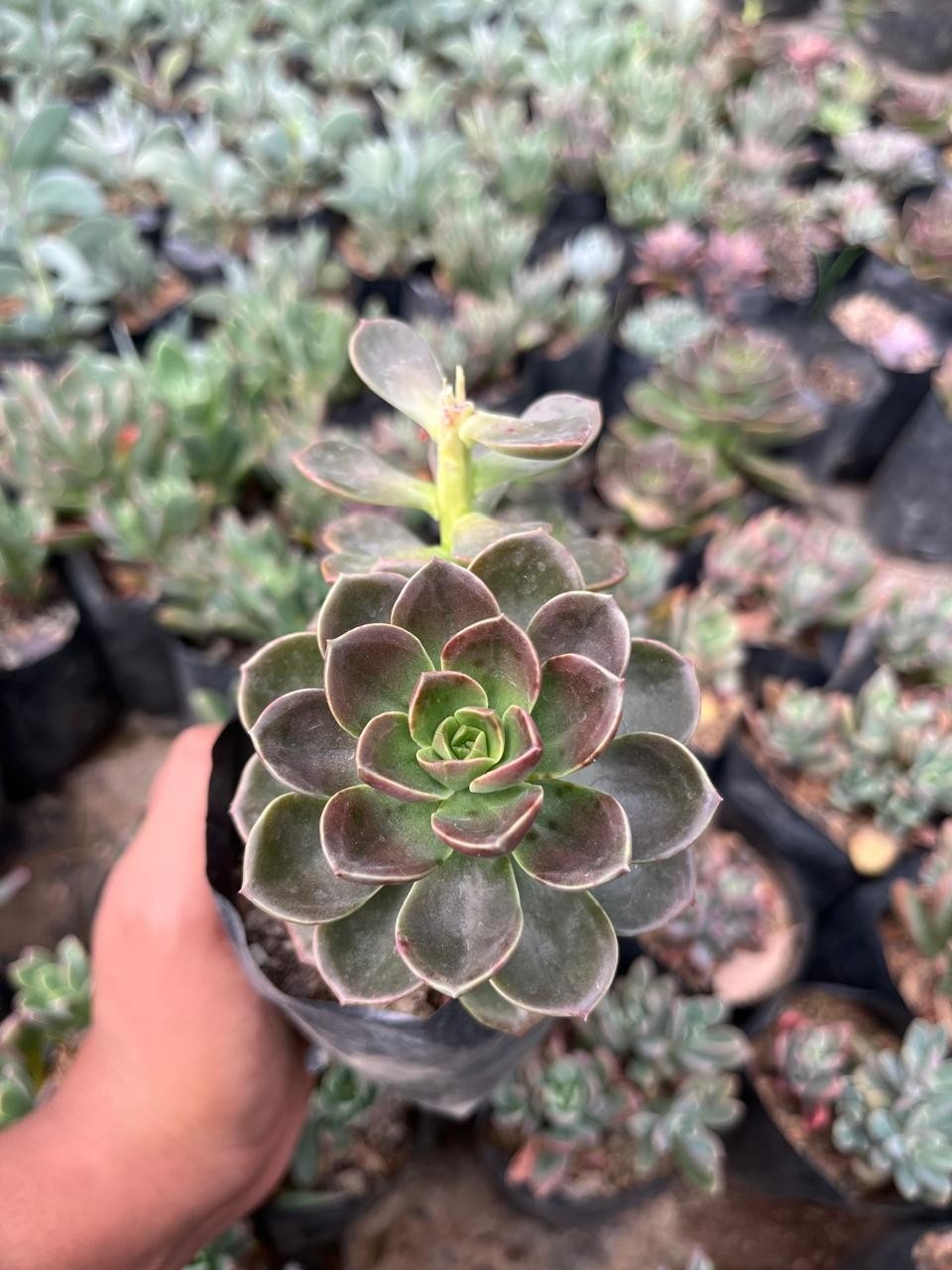
Reviews
There are no reviews yet.